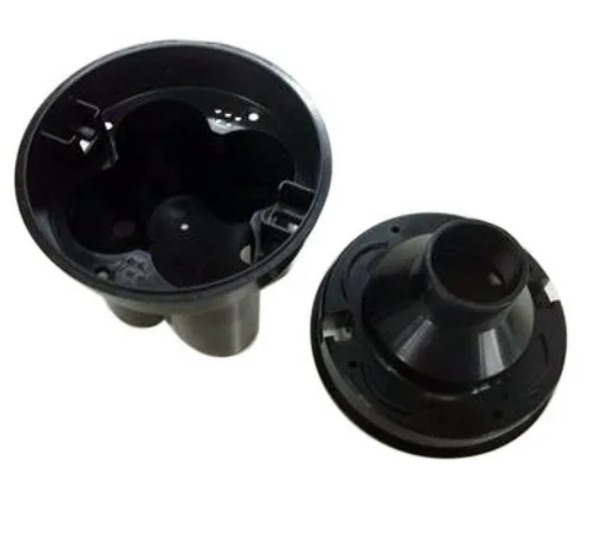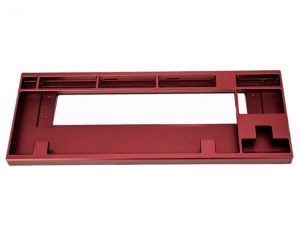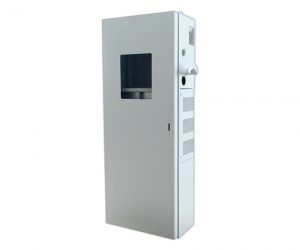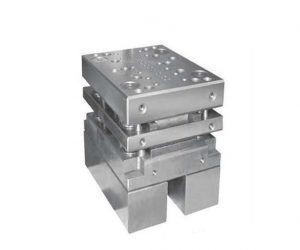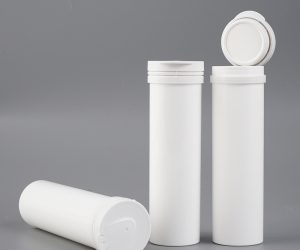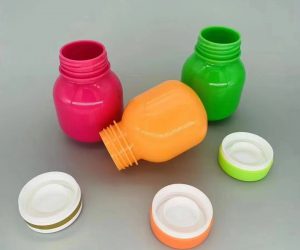Precision injection molding is a key manufacturing process that enables the production of high-quality plastic components with intricate details and tight tolerances. This guide provides an in-depth look at the precision injection molding process, including the importance of precision, minimum accuracy standards, types of machines used, and the benefits of precision molds.
1. Introduction to Precision Injection Molding
Precision injection molding machines are designed to create plastic components with high accuracy and repeatability. This process involves injecting molten plastic into a mold cavity under controlled conditions to form parts that are used across various industries, including automotive, medical, electronics, and aerospace.
The accuracy of the injection molding process is paramount, as it directly impacts the quality, functionality, and performance of the final product. Precision injection molding can achieve incredibly tight tolerances, making it ideal for producing parts that require exact dimensions and complex geometries.
2. Understanding Precision Injection Molding
2.1 What is Precision Injection Molding?
Precision injection molding (also known as high-precision molding) involves using highly advanced machinery and molds to produce plastic parts with extremely tight dimensional tolerances. The process allows for parts with high geometric accuracy, smooth surfaces, and consistent quality. Precision molding is essential when parts are designed to fit precisely into an assembly or when there are stringent regulatory requirements.
Key elements of precision molding include:
- Advanced Mold Design: Precision molds with exceptional dimensional stability are used.
- Controlled Injection Parameters: Exact control of the pressure, speed, temperature, and cooling time ensures consistency and repeatability.
- Specialized Materials: The selection of materials that exhibit controlled flow properties and minimal shrinkage during cooling.
2.2 Why is Precision Important?
In precision injection molding, even slight deviations in part dimensions can lead to assembly failures or compromised part performance. Precision is vital for industries such as:
- Medical Devices: Tight tolerances are crucial for components like surgical instruments, housings, or implants.
- Electronics: Components that require precise dimensions, such as connectors, housings, or casings.
- Automotive: High-precision parts ensure proper functionality and fit, particularly in safety-critical systems.
3. Minimum Precision Standards in Injection Molding
3.1 Factors Influencing Precision Standards
The minimum precision standards for injection molded parts depend on several factors:
- Material Type: Different plastics have different shrinkage and flow properties that impact the final part accuracy.
- Part Design: Complex parts with intricate features often require tighter tolerances.
- Machine Capabilities: High-performance machines with advanced features such as electric-driven injection units and precision controls can achieve finer tolerances.
- Mold Design and Condition: Molds with high-quality materials and precise cavity design are essential for achieving accurate results.
3.2 Achieving Precision
To achieve the necessary precision, manufacturers must focus on:
- Selecting the Right Injection Molding Machine: High-precision machines with advanced controls for injection speed, pressure, and mold temperature.
- Optimizing Process Parameters: Maintaining consistent temperature, pressure, and cooling times.
- Using Advanced Measurement Techniques: Employing sophisticated metrology tools for real-time monitoring of part dimensions and surface finishes.
4. Precision Molds: The Core of Precision Injection Molding
4.1 Characteristics of Precision Molds
Precision molds are central to achieving tight tolerances in injection molding. Key characteristics of these molds include:
- High Dimensional Stability: Molds are designed to withstand the stresses of injection molding without distorting.
- Complex Geometries: Precision molds are capable of creating parts with intricate features, undercuts, or thin walls.
- Advanced Cooling Systems: These systems ensure uniform cooling of the mold, preventing warping or cracking of parts.
- Superior Surface Finishes: Smooth, highly polished mold surfaces help reduce defects like flash, sink marks, or weld lines.
4.2 Benefits of Precision Molds
The use of precision molds offers several key benefits:
- Improved Part Consistency: Precision molds help reduce part-to-part variation, ensuring consistent quality across production batches.
- Increased Efficiency: High-quality molds minimize defects and downtime, optimizing production cycles.
- Reduced Post-Molding Processing: High-precision molds often eliminate the need for further machining or adjustments, saving time and reducing costs.
5. Types of Injection Molding Machines
Injection molding machines are broadly categorized into two main types: hydraulic and electric. Each has its own advantages depending on the application.
5.1 Hydraulic Injection Molding Machines
Hydraulic injection molding machines use hydraulic power to drive the injection and clamping units. These machines are robust and capable of handling large molds with high clamping forces.
- Advantages:
- Can accommodate larger and heavier molds.
- Versatile for a wide range of materials and applications.
- Lower initial cost compared to electric machines.
- Disadvantages:
- Higher energy consumption due to less energy-efficient hydraulic systems.
- Slower cycle times and less precision compared to electric machines.
Hydraulic machines are well-suited for large-scale production runs where precision is still important but the focus is on versatility and cost-effectiveness.
5.2 Electric Injection Molding Machines
Electric injection molding machines use electric servo motors for driving the injection unit, mold clamp, and other functions. These machines offer superior precision and energy efficiency.
- Advantages:
- Higher precision with tighter tolerances.
- Lower energy consumption and cleaner operation.
- Faster cycle times, making them suitable for high-speed production.
- Disadvantages:
- Higher initial investment cost.
- Limited clamping force compared to large hydraulic machines.
Electric machines are ideal for producing high-precision parts and are commonly used in industries where dimensional accuracy is critical, such as medical device manufacturing.
6. How Precision Injection Molding Machines Produce High-Quality Parts
Precision injection molding machines produce high-quality parts by carefully controlling a range of variables:
- Injection Speed and Pressure: Precise control of the injection speed and pressure ensures that the mold cavity is filled correctly, preventing defects like voids, short shots, or weld lines.
- Mold Temperature Control: Accurate regulation of mold temperature prevents part warping and ensures uniform cooling.
- Clamping Force Control: Sufficient clamping force is necessary to prevent mold movement and maintain dimensional accuracy.
- Advanced Sensors: Many precision injection molding machines are equipped with sensors to monitor and adjust process parameters in real-time, enhancing consistency and reducing the likelihood of errors.
The ability to precisely control these factors allows for the production of parts with complex geometries and intricate features while maintaining tight dimensional tolerances.
7. Frequently Asked Questions (FAQs)
7.1 What is the minimum precision in injection molding?
The minimum precision in injection molding depends on several factors, including the material, part design, and machine capabilities. Generally, precision injection molding can achieve tolerances as tight as +/- 0.0002 inches (0.005 mm). For general injection molding, tolerances of +/- 0.005 inches (0.127 mm) are typical, but for high-precision applications, tolerances of +/- 0.001 inches (0.025 mm) are often required.
7.2 What are the two types of injection molding machines?
The two main types of injection molding machines are:
- Hydraulic Machines: These machines use hydraulic systems to operate the injection and clamping units, offering versatility and the ability to handle large molds.
- Electric Machines: Electric machines use electric motors for operation, providing high precision, energy efficiency, and fast cycle times.
7.3 How do precision molds contribute to injection molding?
Precision molds are essential for producing high-accuracy parts in injection molding. They are crafted to exact specifications, ensuring tight tolerances, stable dimensions, and smooth finishes. The quality and design of the mold directly influence the precision of the final product.
8. Conclusion
Precision injection molding is a complex but essential process for manufacturing high-quality plastic parts. Whether it's for medical devices, automotive components, or electronic casings, precision molding allows manufacturers to achieve the tight tolerances and intricate features required for modern applications. By understanding the role of precision molds, the different types of injection molding machines, and the importance of precision standards, manufacturers can optimize their production processes to deliver top-tier products with minimal defects and maximum consistency.
